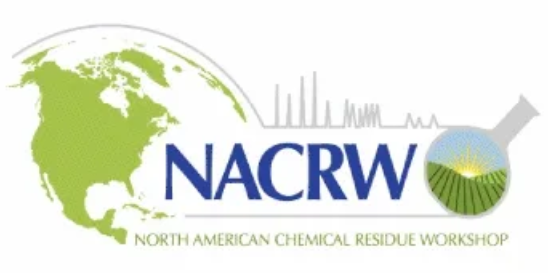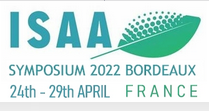AGRO invites you to participate in the ACS Fall National Meeting in Atlanta, Georgia on August 22-26, 2021. The theme of this ACS Meeting is "Resilience of Chemistry". The format of the AGRO program will be virtual. All AGRO Sesssions are virtual and may be accessed through the ACS Virtual Meeting Platform. The 2021 AGRO Program Chair is Dr. Qing Li (qingl@hawaii.edu). Please contact Qing if you have questions on the program. The AGRO PRELIMINARY PROGRAM is now available. All times are Eastern Time Zone (USA). NETWORKING EVENTS Coffee Breaks Sunday 8/22/21– Thursday 8/26/21, 10:00:00 AM - 10:30:00 AM (EDT) Enjoy coffee and casual conversation in a zoom setting. All AGRO enthusiasts are welcome! Student and Post-Doc Virtual Networking Events Sunday 8/22/21– Thursday 8/26/21, 4:00:00 PM - 4:30:00 PM (EDT) Visit with professionals in academia, industry, and government to discuss your career opportunities in the AGRO sector and future AGRO involvement. AGRO Program Planning – Virtual Blues & Brews Wednesday 8/25/21, 12:30:00 PM - 2:00:00 PM (EDT) Share your ideas about future AGRO programming, learn more about organizing an AGRO symposium, and plan for the Chicago National Meeting in fall 2022 (Meeting theme: Sustainability in a Changing World). Prizes, game activities, and more! AGRO Awards Virtual Social Thursday 8/26/21, 12:30:00 PM - 2:00:00 PM (EDT) Celebrate all the AGRO award winners! Play games for valuable prizes. AGRO Business Meeting This meeting has been postponed to September. Watch the website and email blasts for date and time. All are welcome to attend


